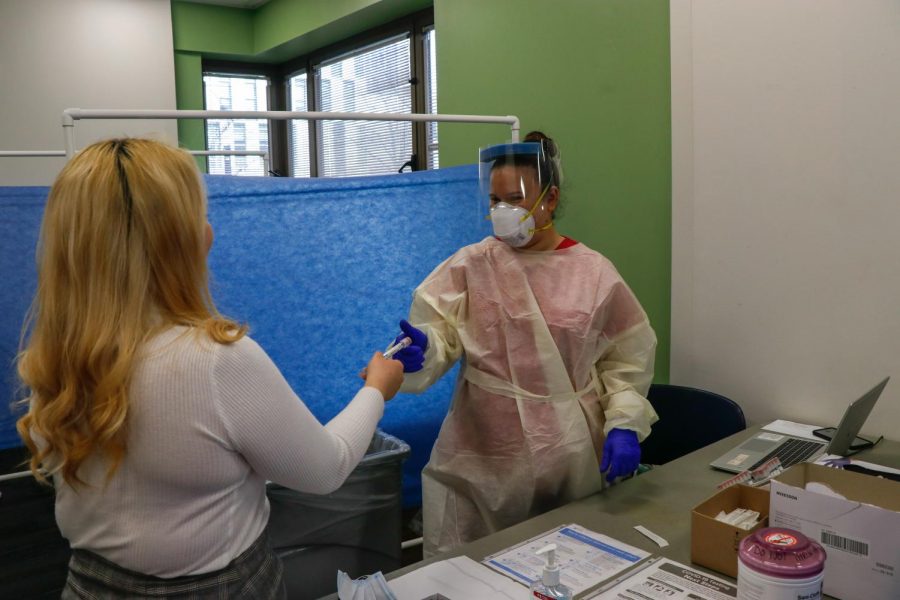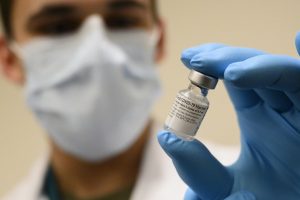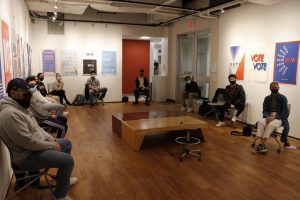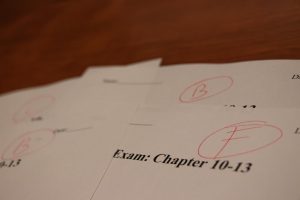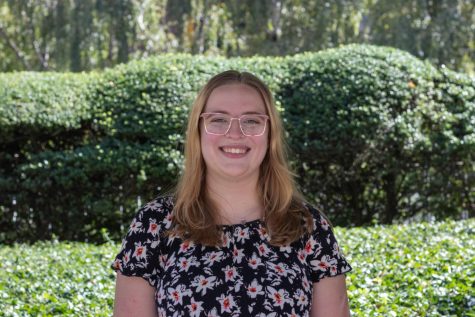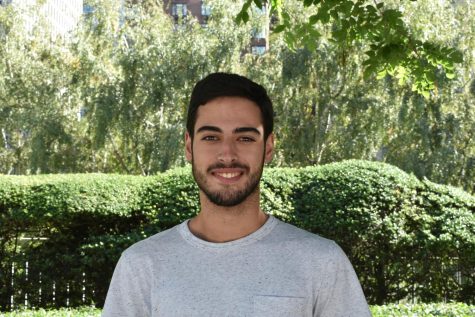Fordham Faces a Decrease in COVID-19 Testing
Decline in on-campus COVID-19 testing is said to be due to mid-semester break and testing deadlines
Dean of Student Services Keith Eldredge attributes the COVID-19 testing decrease to the university’s closure on March 10 and the deadline of the monthly testing requirement.
March 31, 2021
After a spike in COVID-19 cases on the Rose Hill campus resulting in a two-week shutdown of in-person activities, there was a significant decrease in testing on campus. A month after in-person instruction resumed, only 3,225 tests were administered on the Rose Hill campus over the 14-day period. Two weeks earlier, 4,264 tests were administered.
The number of tests administered is reflective of a 14-day total on both campuses. There was a peak of 1,441 tests administered on the Lincoln Center campus on March 4. Two weeks later, this number was cut nearly in half, with 843 tests being administered on March 18, according to The Observer’s COVID-19 test tracker.
Assistant Vice President and Dean of Student Services Keith Eldredge attributed this decrease to the closing of testing sites for the university’s spring break day on March 10. He estimated that between the two campuses, roughly 400 or 500 tests would have been administered that day.
St. Patrick’s Day, a typical day of parades and partying, saw the lowest points in testing. Lincoln Center only had 721 tests that day. Rose Hill saw 3,126 tests. The potential rise in cases due to the holiday was a worry, as Public Safety sent an email due to seeing a spike in positive COVID-19 tests.
“We know it has been a long year, and that St. Patrick’s Day may seem like a long overdue opportunity to socialize with classmates and friends in the many establishments near campus and in the city in general. Please don’t,” the email said.
In the fall semester, University Health Services (UHS) may have turned people away while they were figuring out their testing system, but now they will try to test everyone when necessary.
Eldredge also stated he believes that the decrease is due to the testing deadlines. In order to be compliant with Fordham’s VitalCheck and be allowed on campus, all students and staff must complete one COVID-19 test a month. According to Eldredge, the testing locations are most busy one week prior and one week after the testing deadlines.
“I wish everybody sort of spread themselves out naturally,” Eldredge said. “But as with most things in life, as the deadline approaches is when you see higher activity.”
When determining how many tests to order, Fordham has been monitoring the amount of tests needed to ensure there was never a shortage, according to Eldredge. He explained that in the fall semester they had to order more, which he felt comfortable doing since they could always use them for the spring semester.
Fordham administered close to 34,000 tests during the fall semester and ordered 45,000 for the spring.
“We’re not anywhere close to needing more at this time but we still have six, seven weeks left in the semester so we’re watching that to see how things progress,” Eldredge stated.
Eldredge explained that in the fall semester, University Health Services (UHS) may have turned people away while they were figuring out their testing system, but now they will try to test everyone when necessary. UHS may ask additional questions if a student requests testing and does not have possible exposure or symptoms.
Maureen Keown, director of UHS, said students wanting additional testing should call UHS and speak with a nurse to receive a test.
Students who have been exposed or are symptomatic are encouraged to call UHS to schedule a test to avoid potential spread of COVID-19.
“If someone does feel like they need a test because of being exposed or because they’re symptomatic, we definitely want them to call Health Services rather than going to the surveillance testing area,” Eldredge said. “We will get them a test, absolutely. But we want to make sure we do that in a way that’s safe for the workers and the other folks that are coming into the surveillance testing area.”

